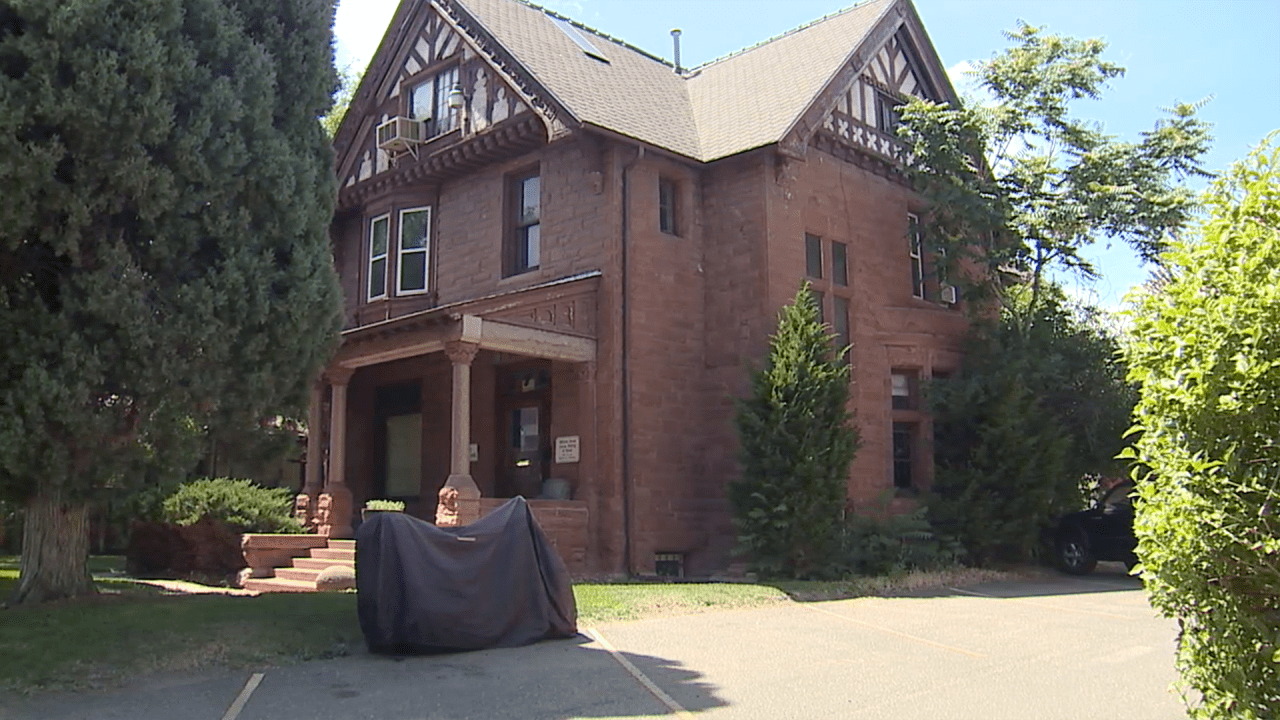More than 2 million people in America are incarcerated every year. The surge in recent decades is in part because of mandatory sentencing that was in place because of the “War on Drugs”.
For many of these people there is an afterlife. After completing their term in prisons, incarcerated people spend some time in halfway houses to become sober and gain skills for re-entering society.
What exactly is a halfway house (also called a sober living home in some states)?
It is a transitional living facility for people recovering from substance abuse.
There has been a phenomenal growth in the development of community-based correctional programs for criminal offenders and drug addicts. The acceptance of such programs has been gaining ground in society for several reasons.
- Dissatisfaction with the traditional penal institutions because of the inhumane conditions in prisons
- Ineffectiveness of prisons in achieving correctional transformations in offenders.
- The success of sober living homes in treating individuals suffering from drug addiction and mental health problems.
- Overcrowding and understaffing in jails and prisons
- The need for the offenders to maintain ties with their families
In other words, the stress is on rehabilitation, reintegration, and humanitarianism.
Who runs sober living near me?
Local, state, and federal agencies run them and so do private agencies. An easy way to access a comprehensive list of halfway houses is to go through the Halfway House Directory. You can search for a “halfway house near me” by entering your zip code and the distance (10 miles, 25 miles, or more).
What are the services provided in halfway houses?
- Accommodation
- Provision of meals
- Programs for cope up with mental illness and liberate from substance addiction
- Drug screenings
- Life skill development
- Support group meetings
- Group living skills
The main goal is to prevent recidivism or reoffending.
Every year tens of thousands of federal prison inmates are released to hundreds of halfway houses in the country.
These facilities are meant for inmates to serve the last part of their sentence and ease the transition back into society.
But are sober living homes up to the mark?
Unfortunately, many of such correctional facilities are poorly supervised and badly prepared to do the job. It is no surprise that some of them released after completion of the term do no better.
Yet, many halfway houses perform well because they have strict rules, are certified, have structured programs such as the 12-step program, and importantly is clean
The good news is that the United States government is making efforts to help inmates transition back into society.
Some of the new rules the federal halfway houses have to abide by include
- Specialized treatment for those having mental health and substance abuse problems
- Permitting cell phones so that inmates can pursue job opportunities
- Providing public transportation vouchers to help inmates get employment
The cost of a halfway house can vary a lot. It depends on the location, with halfway houses in popular or affluent neighborhoods having high rents.
HHD is an excellent resource to find a sober rehabilitation center in your local area. You can choose a facility depending on the type of problem needing treatment such as alcohol addiction, drug addiction or mental health treatment.







